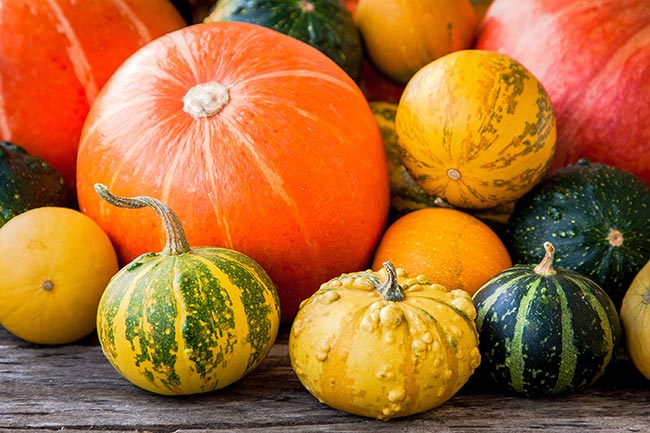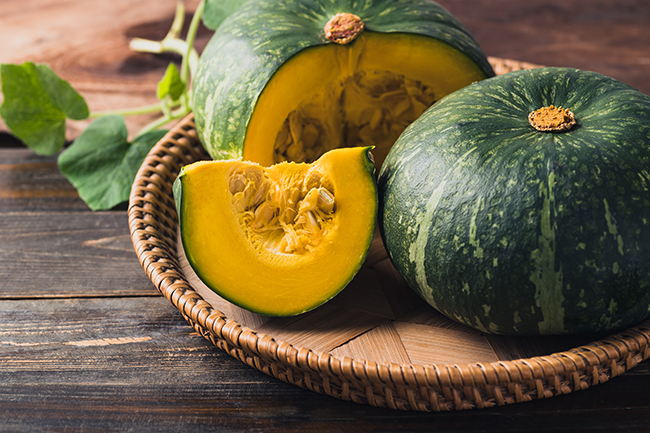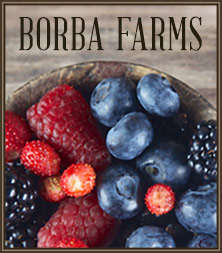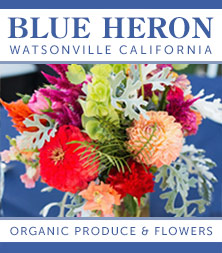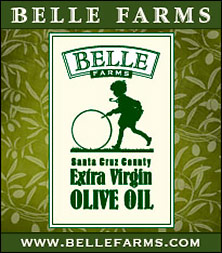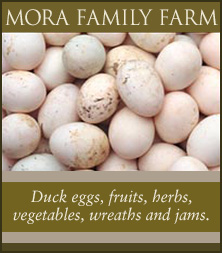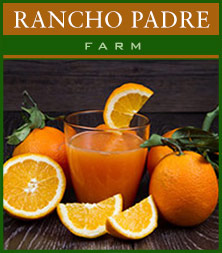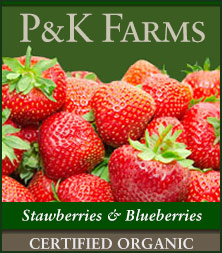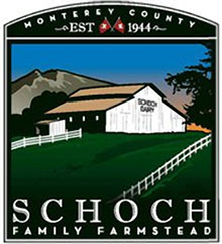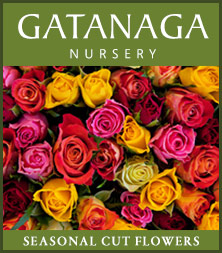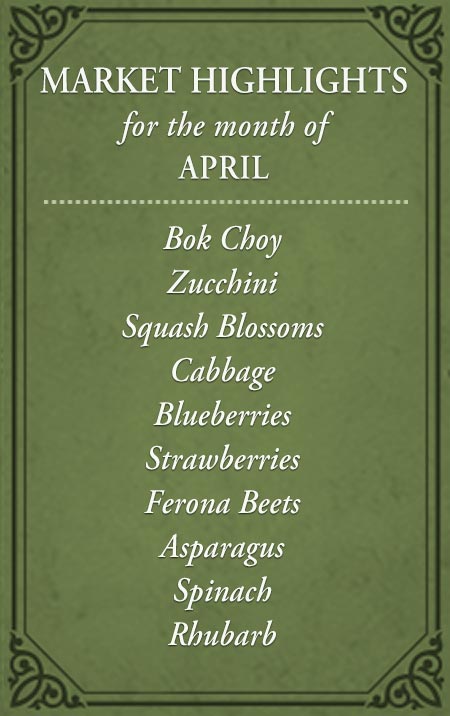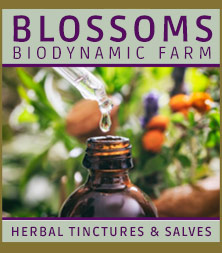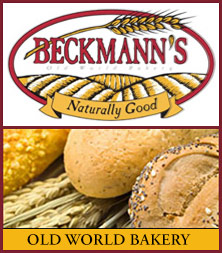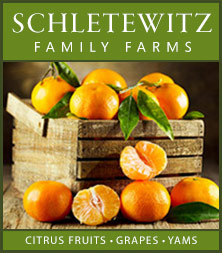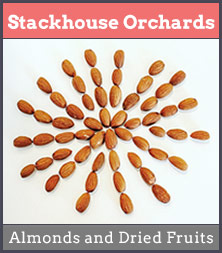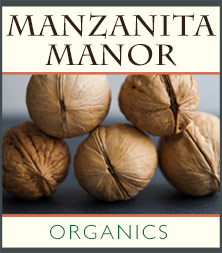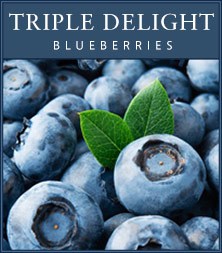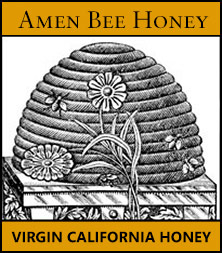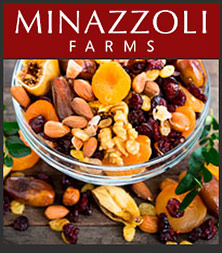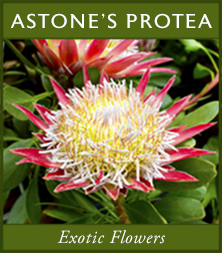It wouldn’t be fall without the arrival of winter squash! And there are so many wonderful varieties grown on the Central Coast to enjoy.
Tips for selecting winter squash:
- When choosing your squash, look for those that feel heavy for their size and rock hard.
- Look for squash with deep, lively color with a matte finish rather than a shine. If the squash is really shiny, there is a good chance it was waxed (you won’t see this at our farmers’ markets), and the true quality of the squash is masked. The matte finish means the squash is more mature and its sugar has had time to develop, giving a deeper flavor. The beta-carotene content will have increased as well, yielding more Vitamin A. If the squash has a greenish cast to the lighter colors, it is not mature. If it grew on the ground, the pale spot should be yellow or orange rather than green.
- Check to see if the stem is present. If not, the squash could deteriorate rapidly. A dry stem says the squash is mature.
- If buying a chunk of squash cut from a large one, check to see if the flesh is tight-grained and just moist, not desiccated and grainy.
RECIPES: How to Make Fresh Pumpkin Purée, Thai Stir Fried Pumpkin with Tofu and Basil, Pumpkin and Wild Rice Pudding, Butternut Squash Salad with Hazelnuts, Indian Vegetable Stew, Pumpkin Tortellini with Browned Butter and Sage Sauce, Pumpkin Soup, Basic Roasted Winter Squash, Thai Curry Kabocha Squash Bisque, Oven Roasted Kabocha Squash, Laotian Sweet Potato and Kabocha Squash Soup, Kabocha Japanese Style, Creamy Pumpkin Flan with Caramel, Butternut Squash Ravioli with Peppery Pomegranate Sauce, Roasted Butternut Squash Soup, Bulgar Wheat, Roasted Butternut Squash and Cranberries Salad, Butternut Squash Salad with Hazelnuts


